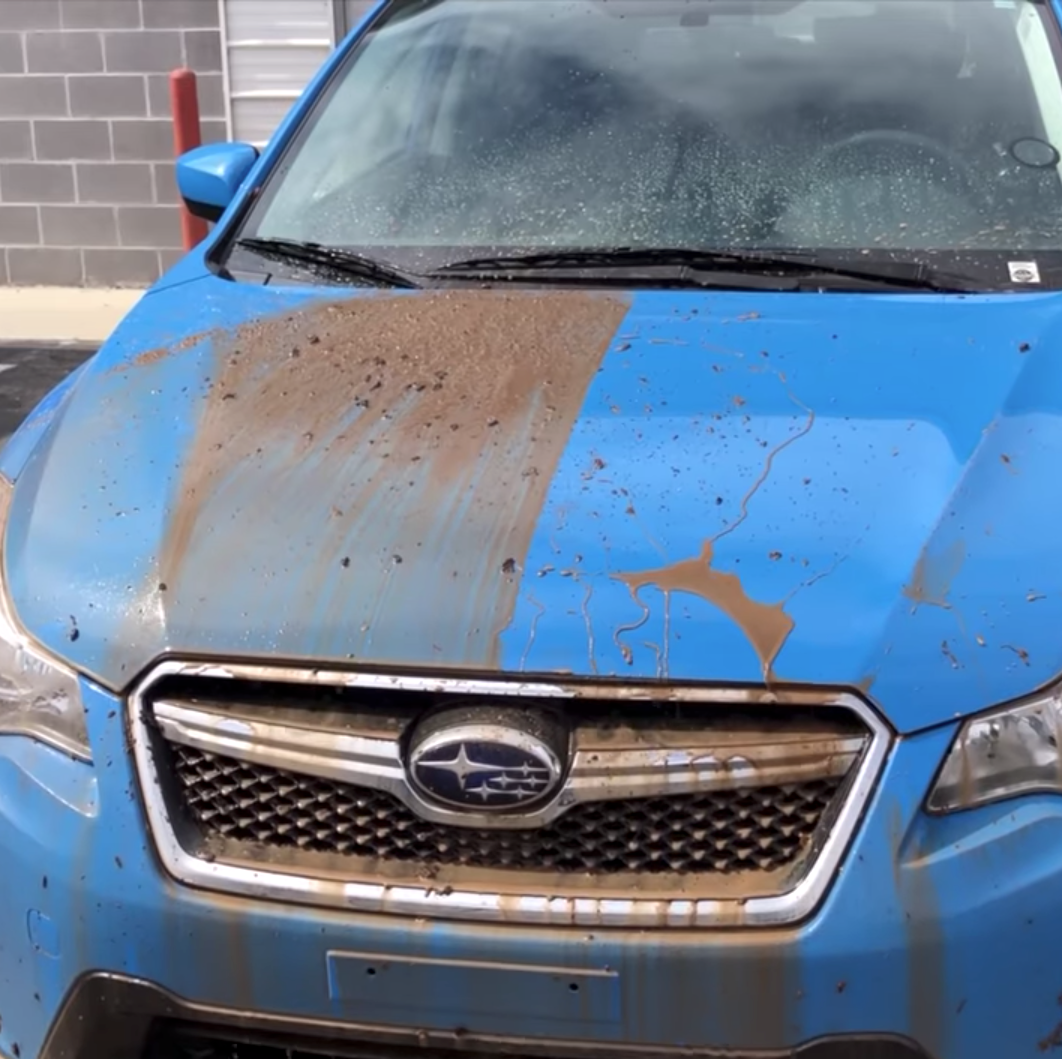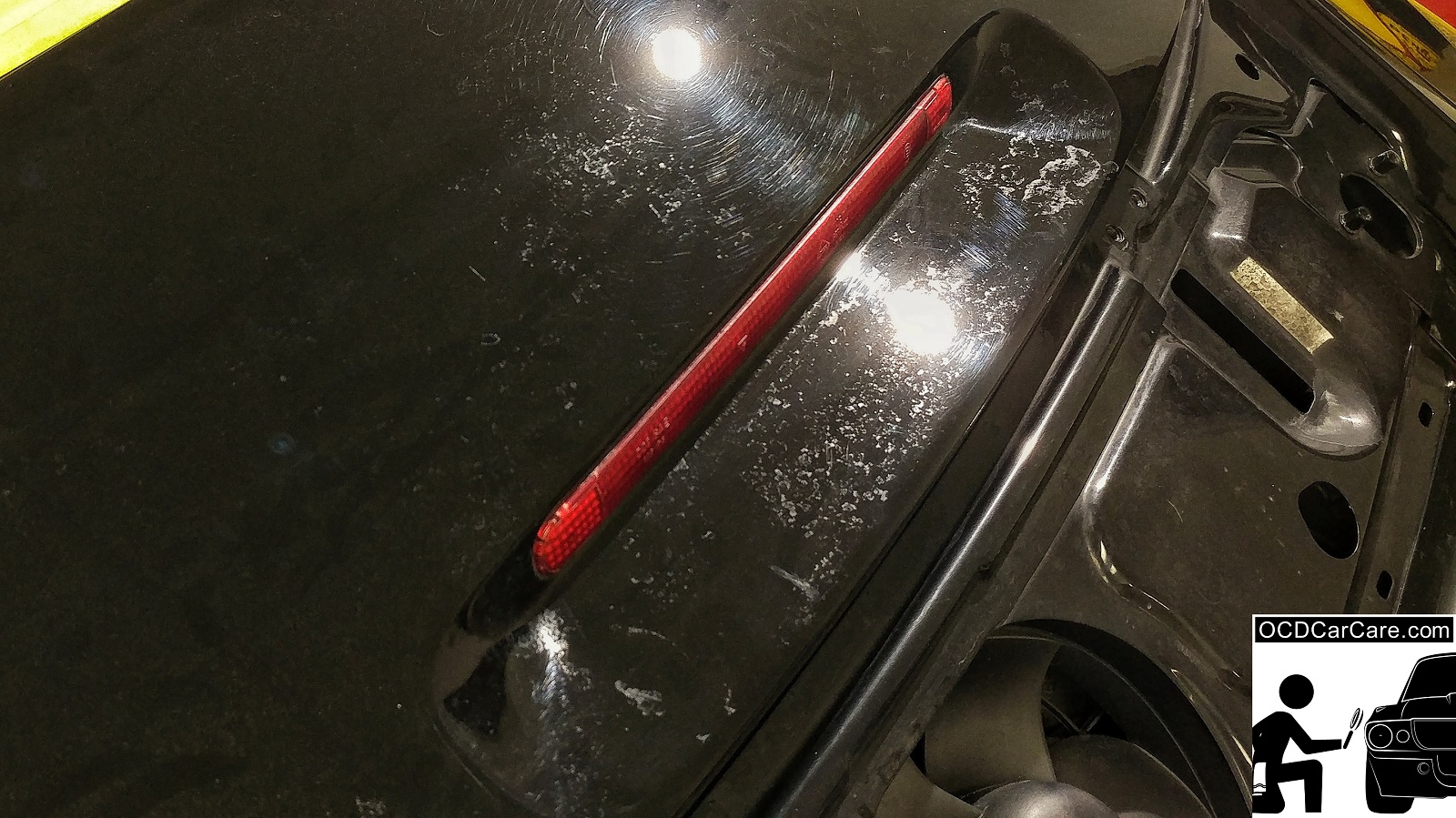The Step-by-Step Process of Applying Ceramic Coating to Your Car
The Step-by-Step Process of Applying Ceramic Coating to Your Car
Blog Article
Ceramic Coating vs. Traditional Wax: Which Offers Better Security?
The dispute between ceramic finish and standard wax for vehicle defense is one that benefits mindful evaluation, particularly in terms of longevity, resistance to ecological factors, and total maintenance requirements. While ceramic coatings guarantee extended long life and superior protection against a variety of hazards, traditional wax may appeal to those looking for a much more affordable, albeit temporary, solution.
Overview of Ceramic Finish
Ceramic layer has obtained substantial appeal amongst vehicle lovers and specialists alike for its advanced protective top qualities. This innovative remedy contains a fluid polymer that chemically bonds to the automobile's manufacturing facility paint, forming a sturdy layer of defense. Unlike conventional wax, which normally lasts for a couple of weeks to months, ceramic finishes can give lasting security for a number of years, depending upon the item made use of and application method.

While the preliminary price of ceramic finishing may be greater than that of conventional wax, the long-lasting advantages, including longevity and minimized maintenance frequency, typically justify the investment. As automotive innovation proceeds to progress, ceramic layers have become a recommended option for those seeking optimal security and longevity for their vehicles.
Overview of Conventional Wax
The appeal of conventional wax hinges on its simplicity and ease of use, making it a preferred selection among automobile owners looking for to boost their lorry's appearance and supply a fundamental degree of defense. Typically originated from natural carnauba or artificial polymers, typical wax forms a thin protective layer over the paintwork. The application process is uncomplicated, commonly entailing an easy buffing with a microfiber fabric, making it accessible to both newbie and knowledgeable customers.
Conventional wax products are offered in various formulations, each developed to satisfy specific needs, such as enhancing luster or offering water beading. The adaptability of wax permits for usage on different surface areas, including paint, glass, and even plastic trim. While the application can be done by hand or device, the secret is to guarantee a clean surface for optimum attachment.
Nonetheless, one significant feature of traditional wax is its reasonably brief life-span contrasted to contemporary options. Commonly offering defense that lasts from a couple of weeks to a few months, constant reapplication is essential to keep its efficiency. In spite of these restrictions, conventional wax remains a prominent choice for automobile enthusiasts who appreciate the aesthetic enhancement it provides.
Secret Protection Features
When taking into consideration paint security for cars, it's important to recognize the vital functions that distinguish traditional wax from more innovative alternatives like ceramic coatings. One of the find out primary protective characteristics of ceramic finishings is their durability. Unlike wax, which usually lasts a few weeks, ceramic coatings can sustain for several years, giving long-lasting protection against ecological contaminants.
Ceramic finishes produce a hydrophobic surface area, driving away water and stopping dust, grime, and various other particles from sticking to the paint. This function not only boosts the car's look yet likewise lowers the frequency of washing. In addition, ceramic finishes provide premium UV protection, securing the paint from hazardous sunlight exposure that can cause fading and oxidation.
In contrast, traditional wax offers a much more temporary obstacle versus components but lacks the resistance to scratches and chemical spots that ceramic finishes supply. While wax can enhance gloss, its protective capabilities are limited, especially versus harsher ecological aspects such as bird droppings, tree sap, and road salt. In recap, the key security features of ceramic layers substantially outperform those of typical wax, making them a premium selection for resilient car treatment.
Application Process Contrast

In comparison, the application of ceramic coverings is extra complicated and time-sensitive, usually needing specialist support for optimal results. The lorry's surface area must be carefully cleaned, sanitized, and polished to get rid of imperfections prior to the layer is used.
Ultimately, the choice between wax and ceramic layer hinges not only on protection levels but additionally on the time, competence, and resources offered for their particular applications. - ceramic coating
Cost Analysis and Durability
Expense plays a substantial role in the decision-making procedure between ceramic coatings and traditional waxes. Ceramic coverings generally regulate a greater in advance financial investment, varying from $500 to $2,000 relying on the quality, brand name, and specialist application services. This first expense can be connected to the innovative innovation and products utilized in ceramic solutions, which offer remarkable longevity and defense.
In contrast, typical waxes are far more budget-friendly, normally setting you back between $20 to $100 for do it yourself applications. The long life of wax items is limited, usually requiring reapplication every couple of months to maintain their protective top qualities. This repeating expense can gather over time, making wax much less affordable over time.
Ceramic layers, while extra expensive originally, deliver lasting outcomes, often exceeding 2 to 5 years with correct maintenance. This longevity can offer substantial cost savings in time, specifically for automobile proprietors that prioritize protection and visual preservation - ceramic coating. Eventually, the selection between ceramic layers and conventional waxes should consider both initial expenses and long-lasting worth, considering the maintenance needs and wanted protection level for the lorry
Conclusion
In summary, ceramic coverings supply premium defense for lorry paint contrasted to traditional wax, offering boosted longevity, resistance to environmental aspects, and hydrophobic homes. While the first investment for ceramic coverings is higher, their longevity special info and minimized upkeep needs validate the price. Inevitably, for those looking for long-lasting vehicle treatment and protection, ceramic finishings represent an extra effective remedy than conventional wax, which provides just short-term benefits.
The dispute between ceramic coating and standard wax for vehicle protection is one that values careful evaluation, specifically in terms of durability, resistance to ecological elements, and overall upkeep needs.When considering paint defense for lorries, it's crucial to comprehend the key attributes that identify typical wax from even more sophisticated choices like ceramic layers. In summary, the crucial security functions of ceramic finishes substantially outshine those of traditional wax, making them a remarkable choice for long-lasting car treatment.
Ultimately, the option between ceramic coatings and conventional waxes ought to consider both preliminary expenses and long-term worth, factoring in the maintenance requirements and wanted protection level for the lorry.
In summary, ceramic coverings provide exceptional security for vehicle paint contrasted to traditional wax, offering boosted durability, resistance to environmental aspects, and hydrophobic properties.
Report this page